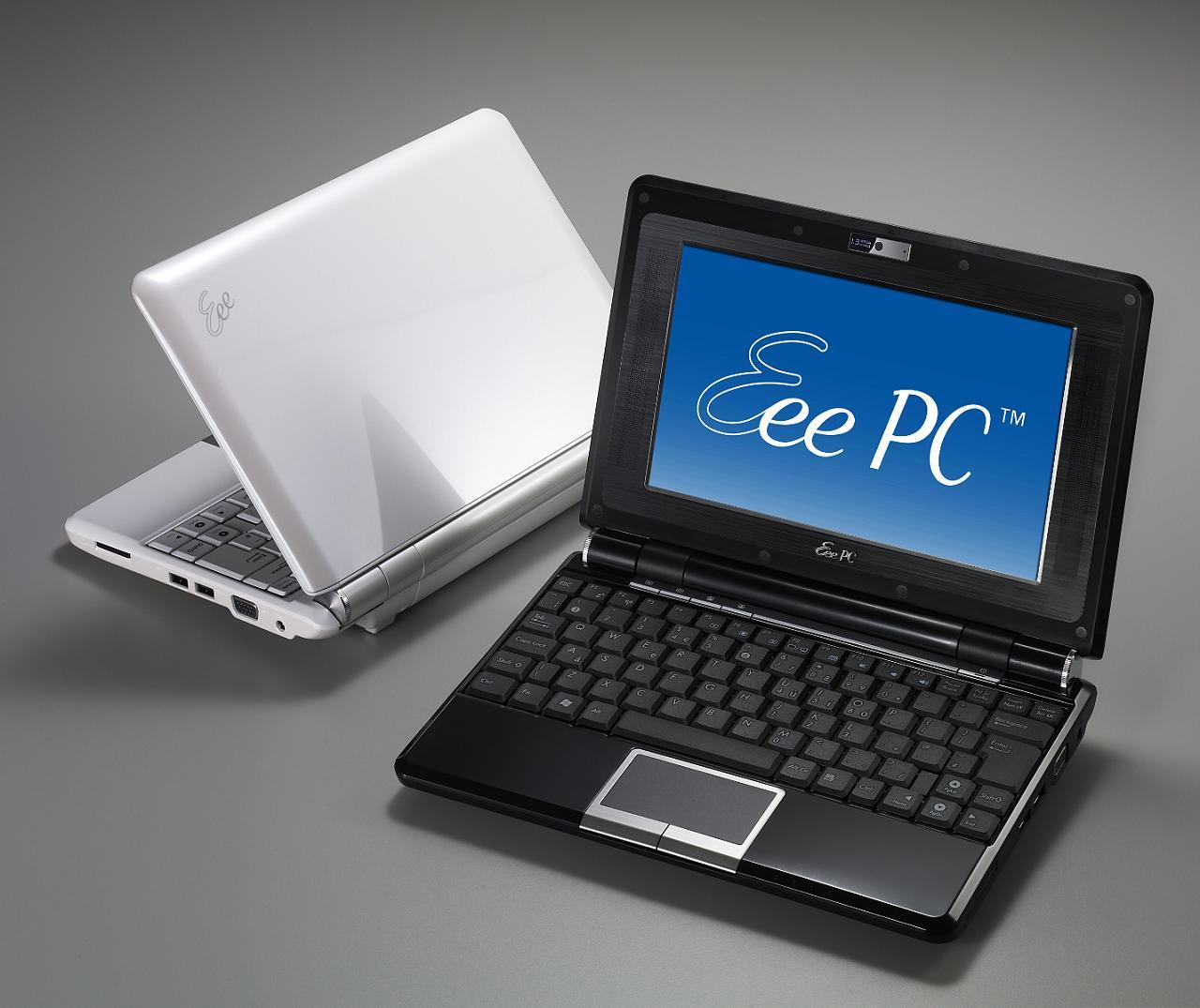Will Windows 7 Kill SSD-based Netbooks?
Intel’s Josh Bancroft made an interesting comment in a blog post the other day, claiming that Windows 7–which might very well require more hard space than Windows Vista—is going to make for cramped working conditions on your average Netbook.
Why’s that? According to a report from Pricegrabber.com, only eight of the current ten best-selling netbooks even run on SSDs, and of those, both run 8GB solid-state drives. Bancroft estimates that a full Windows 7 installation, even of Microsoft’s barebones Windows 7 Starter package, could eat up to 6GB of working space. That doesn’t leave much room for other programs and files, even given the limited amount of use a Netbook offers. What’s to stop consumers from picking up a similarly priced Netbook with greater-than 100GB hard drive?
While Windows 7 could theoretically become the final nail in the coffin for solid-state drives on Netbooks—at least until the market sees larger capacity drives at similar price points—other signs point to a blasé consumer attitude toward flash-based Netbooks. According to Pricegrabber, only 11 percent of consumers would absolutely purchase an SSD-based Netbook compared to 14 percent that would shy away at all costs. The largest voting block, 43 percent, would require “considerable” price drops before they would consider purchasing an SSD-based Netbook. The cost-per-gigabyte ratio of solid-state drives is just too large to justify the purchase, suggest 54 percent of surveyed online users.
Right now, conventional hard drives average around an eight-cent-per-gigabyte ratio, whereas solid-state drives are approximately 75 percent times that figure at $6.12 per gigabyte. At those prices—even given an SSD’s reported speed benefits of twice as fast boot times and eight times the data writing capability of a magnetic hard drive—it’s easy to see why DRAMexchange doesn’t see many SSDs jumping into Netbooks during 2009. According to the research firm, short-term demand for solid-state drives will be brought on by the enterprise market. Expect to see less than ten percent of all low-cost PCs using solid-state drives in 2009.
Get Tom's Hardware's best news and in-depth reviews, straight to your inbox.
-
Richeemxx I don't see W& killing SSD based notebooks, if anything we might see price cuts on larger drives from manufactures wanting to stay in the market. Bancroft also suggested that Windows 7 isn't a viable option for netbooks in general due to the possible increase in pricing, a view I share.Reply
Personally I don't see anyone being willing to pay the premium for the new OS. Part of what draws people to netbooks is the lower price. To add W7 you are likely looking at an additional $75-100 in cost. -
Humans think 7.5 times or 750% that figure (just a typo). The thing that concerns me about the SSDs is the lifespan of the disks and how good they are being utilized by the OS.Reply
I guess that if for a netbook of the same price I could get 28GBs I would get a SSD based netbook but 8GBs could not even carry my favorite songs. Prices should fall to expect more sales -
Humans think nice link Richeemxx, and a very good point.Reply
I am noticing that companies are trying also to squeeze more profits by releasing "premium" netbooks. If they don't understand that netbooks sell for their prices they will lose a lot of money in the end. Plz just stay to the original niche guys... -
Economister Let's get the math straight. 8 cents vs 6 bucks is 75 times or 7500%, not 75% nor 750%.Reply -
"only eight of the current ten best-selling netbooks"Reply
Umm ... "only" eight of ten? Isn't that the most? Why say only? Saying "Only two out of ten were hard drive based."
Maybe I'm reading it wrong... -
"Umm ... "only" eight of ten? Isn't that the most? Why say only? Saying "Only two out of ten were hard drive based."Reply
Maybe I'm reading it wrong..."
I would have to agree with SirAnonymousnesser there. What Tom needs to do is hire writers that aren't high school dropouts. -
wiseadam After reading that, with all the figures and back asswards 8 out 10 75%, I think Tom's is trying to sell me something...I'm going to go out, buy one of the top 10 netbooks, then put windows 7 and my music collections and see what happens.Reply -
crockdaddy I am confused. I thought netbooks are the cheap piece of crap laptops which are meant for the masses .... why would you get an SSD if it is supposed to be cheap and for the masses???????? Clearly I am missing something or I am just plain wrong. If so just vote my dumba ss down.Reply -
Themurph Hey all! Author here. Those are indeed two typos: two out of 10 Netbooks run SSDs, according to Pricegrabber's list. Also, the cost-per-gigabyte ratio for SSDs is 75 times that of hard drives.Reply
As soon as I can modify the article, I'll append these changes. Apologies for the fark-up!
